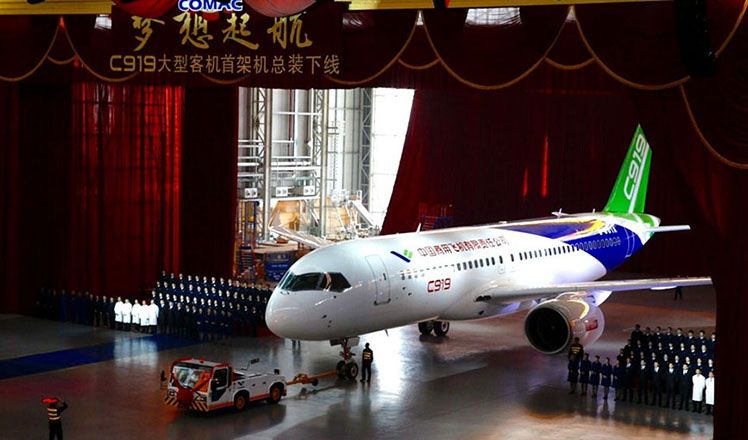New study shows mammals can be developed in space
Updated: 2016-04-17 16:25
By Cheng Yingqi(chinadaily.com.cn)
|
|||||||||
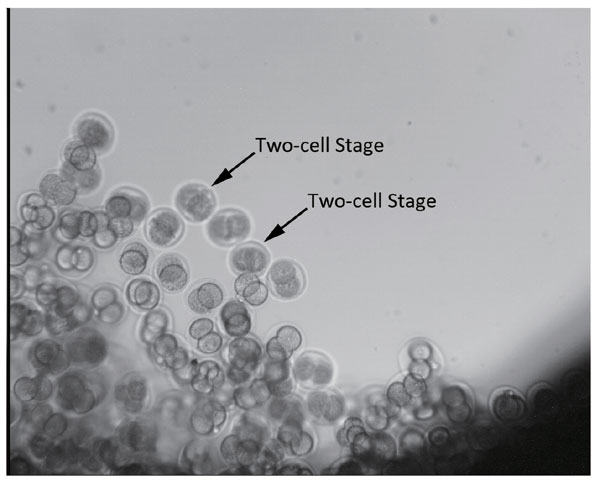 |
|
Two-cell mouse embryos, four hours before launch. Photo provided to China Daily |
The latest experiment results from China's SJ-10 recoverable satellite have been sent back with some groundbreaking news. For the first time in human history, it has been proven that the early stages of embryos in mammals can be developed completely in a space environment.
China launched the country's first microgravity satellite, the SJ-10, on April 6. The return capsule on the satellite will stay in orbit for several days before heading back to Earth. An orbital module will continue to conduct experiments for a few more days.
High-resolution photographs sent back by SJ-10 show that the mouse embryos carried by the return capsule completed the entire developing process within 96 hours from the launch, the first reported successful development of mammalian embryos in space.
"The human race may still have a long way to go before we can colonize the space. But before that, we have to figure out whether it is possible for us to survive and reproduce in the outer space environment like we do on Earth," said Duan Enkui, Professor of the Institute of Zoology affiliated to the Chinese Academy of Sciences, and principle researcher of the experiment.
"Now, we finally proved that the most crucial step in our reproduction – the early embryo development – is possible in the outer space," Enkui said.
The SJ-10 carried more than 6,000 mouse embryos in a self-sufficient, enclosed chamber, the same size of a microwave oven. Everything on the test load, from the cell culture system to the nutrient solution was refined with hundreds rounds of ground tests.
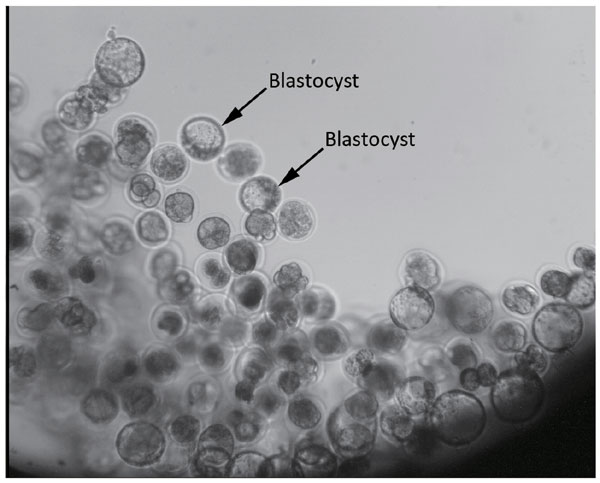 |
|
Mouse embryos that developed into blastocyst 80 hours after the launch. Photo provided to China Daily |
A camera took pictures of the embryos every four hours and sends the pictures back to Earth. It turns out some embryos developed into advanced blastocysts in four days.
After the embryos are recovered from the returning capsule, scientists will immediately transport them to Beijing and perform further analyses on the developmental speed and changes in embryonic gene and protein expression.
Contact the writer at chengyingqi@chinadaily.com.cn
Related Stories
Increased funding expected for space research 2016-03-18 08:07
Hubei can become leader in commercial space sector 2016-03-09 18:45
Exploiting earth-moon space: China's ambition after space station 2016-03-08 00:20
Digging deep to explore subterranean space 2016-03-03 09:46
Second space lab, manned mission planned 2016-02-29 02:41
Today's Top News
Passage to piraeus
In the hall of the great frescoes
World Bank joins AIIB on financing for joint projects
GM seeds to get oversight
Russia-China ties benefit both countries, peoples
China, UK showcase best books in London
Hello, China! Stephen Hawking debuts Weibo account
Manila set to restart revamp of airport in S China Sea
Hot Topics
Lunar probe , China growth forecasts, Emission rules get tougher, China seen through 'colored lens', International board,
Editor's Picks

|

|

|
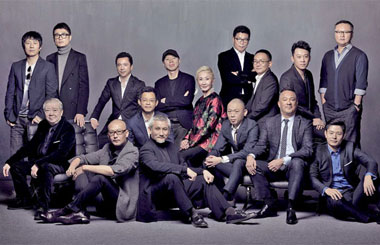
|
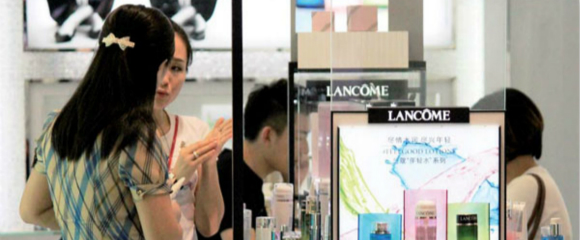
|

|



